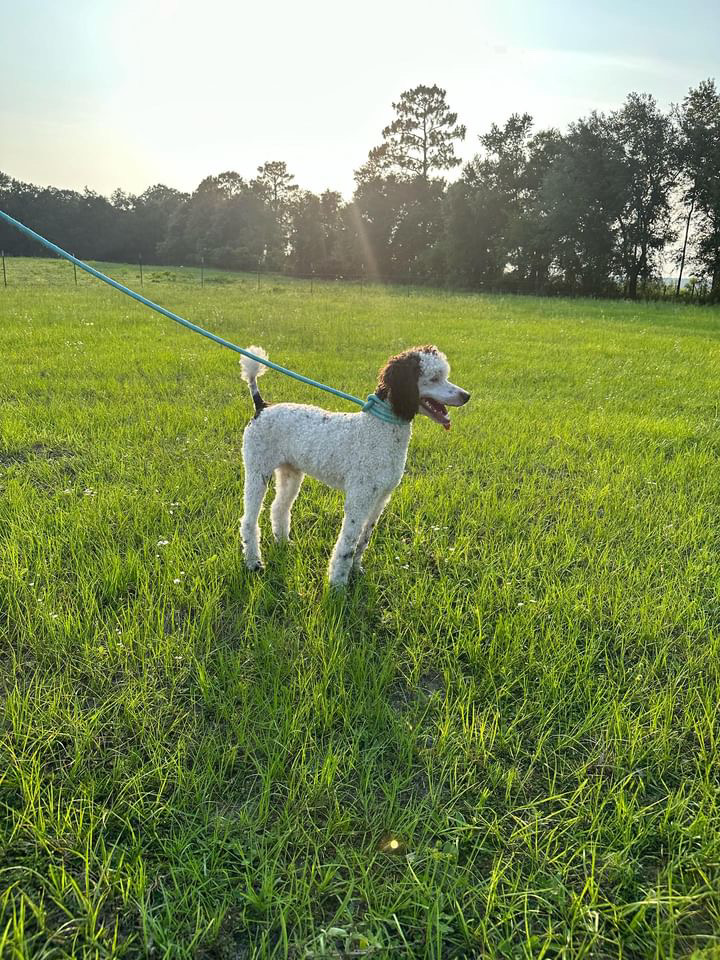Why Teaching Recall is Essential for Your Puppy
The leash slips loose, and your puppy bolts—tail wagging, eyes wild with excitement. For them, the world is a playground. For you, it’s a heart-stopping moment. Teaching recall isn’t just about commands; it’s about trust, safety, and giving your puppy the freedom to explore while ensuring they always return when called. A reliable recall can mean the difference between joy and disaster.
What is Recall Training? Recall is one of the most critical commands you can teach your puppy. It’s not just about obedience—it’s about safety. Imagine you’re at the park or on a hike, and your puppy gets distracted by a squirrel or another dog and then takes off in the opposite direction. Without recall, that situation could end in disaster. However, a strong recall ensures your puppy returns to you, preventing dangers such as traffic or getting lost.
Beyond safety, recall training strengthens the bond between you and your puppy. When they learn to come running back every time you call, they develop trust and confidence, knowing that returning to you always results in positive outcomes.
Essential Tools for Recall Training
Before diving into the training steps, let’s go over the tools you’ll need:
- High-Value Treats – Use small, irresistible treats like chicken, cheese, or special training treats.
- Leash and Harness – Start with a standard leash, and consider a harness for better control.
- A Positive Attitude – Puppies respond well to excitement and enthusiasm. Keep training sessions upbeat and rewarding.
Setting Up the Right Training Environment
A distraction-free environment is crucial for initial training sessions. Start indoors or in a quiet backyard, where your puppy can focus solely on you. Gradually introduce distractions as your puppy improves.
Timing Matters: Puppies have short attention spans, so keep training sessions between 5-10 minutes. If sessions are too long, your puppy might lose interest, slowing their learning process.


